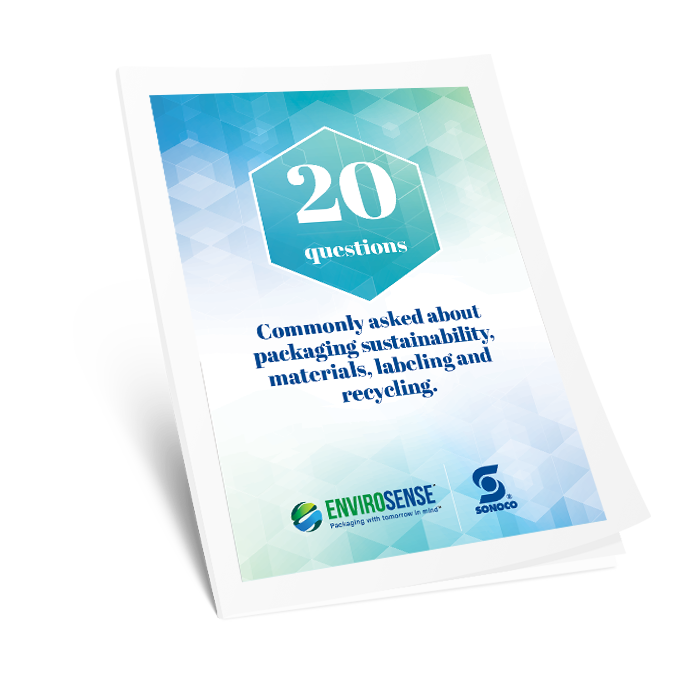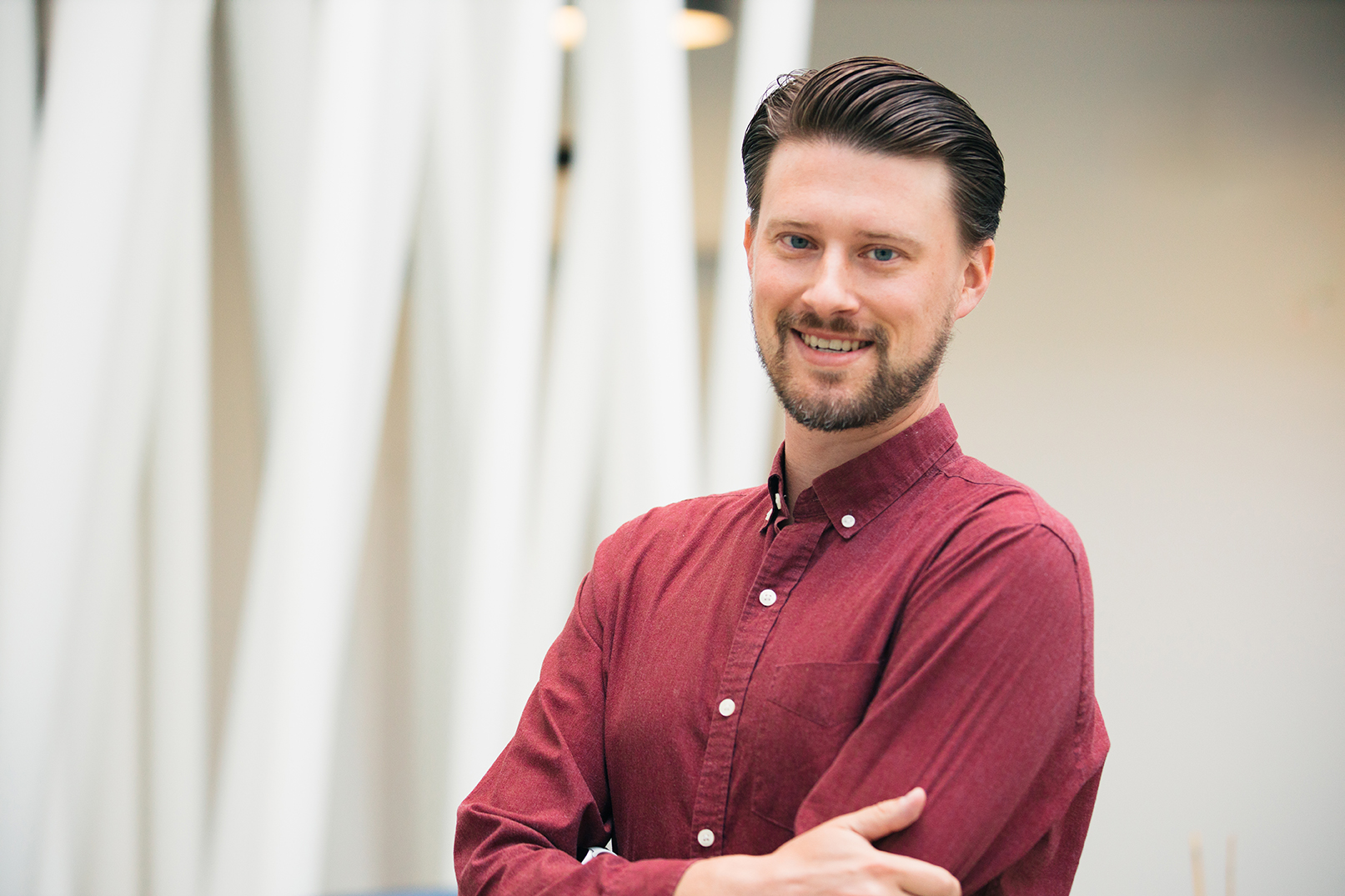Do you know the difference between compostable and biodegradable? Did you know bioplastics is an ambiguous term? And do you think sustainability stops with recyclability?
Navigating the world of sustainable packaging can be a challenge for even the best-versed Consumer Packaged Goods professionals. A general lack of clear, concise advice adds to the confusion. Knowing where to turn for impartial answers is another dilemma.
That’s why Sonoco has produced a new eBook: 20 Questions Commonly Asked About Packaging Sustainability, Materials, Labeling and Recycling. In it we detail 20 need-to-knows about sustainable packaging considerations and terminology.

Scott Byrne, Sonoco’s Director, Global Sustainability Services, explains more.

Why is sustainable packaging such a hot topic?
“I see two reasons. The first is that packaging itself has become the hot topic in sustainability- and usually for the wrong reasons. When the public hears about ocean plastics, recycling challenges and global climate change they want to act. Packaging is something that all of us interact with and so choosing more sustainable options is a small positive step everyone can take. The second reason is policy makers have zeroed in on this public concern. There is unprecedently legislative and regulatory pressure pushing CPGs to reexamine their package portfolio to make it more sustainable.”
Why publish the eBook?
“To move sustainable packaging forward we need to make sure we are all speaking the same language and asking the right questions. Whether it’s defining a term like compostable or understanding end of life options for a package we want to eliminate confusion. Our hope is that the eBook creates a foundation of knowledge that the industry can build upon.”
What’s one of the most common questions you’re asked?
“‘What is the most sustainable package?’ is the most common question I get asked. Unfortunately, my answer ranges from ‘it depends,’ to ‘that is complicated.’ The reality is that when you go to the grocery store or have a package delivered to your home you see this great diversity in packaging options because every use case and distribution channel has different requirements. A package that would be considered sustainable for long shelf-life ambient distribution through e-commerce might not be the most sustainable choice for fresh foods in a grocery store. The great thing about working at Sonoco is that we produce a wide range of both fiber and plastic-based packages, so we can remain material-neutral and tailor solutions to an individual product’s needs.”
Is introducing recyclable packaging enough?
Recyclability and circular economy concepts are the hot topic in packaging sustainability. If you are a brand owner, then the end-of-life fate of your packaging is something you must consider. However, as an industry we need to ensure our customers and the public understands that end-of-life is just one piece of a package’s lifecycle. There are other environmental impacts from raw materials, converting and transportation- not to mention the impact of the product that the package is meant to protect. We also need to acknowledge the difference between technical recyclability and what happens in practice. At Sonoco we have four criteria that we use to determine if a package can truly be considered recyclable:
- Can the consumer put it in the bin?
- Can their local material recovery facility (MRF) sort it properly?
- Can the processor turn the packaging into a usable recycled material?
- Lastly, does someone want to buy the recycled material and turn it into a new package or product?“
What is the best thing about working in sustainability?
“The best part of working in Sustainability is that you will never get bored. Sustainability is not a static destination, but a dynamic journey that takes into account changes in technology, consumer preference and government mandates. While it can be frustrating to tell a stakeholder that “it depends,” is the answer to their sustainability questions, it is rewarding to begin to dive deeper into those questions and to identify what is really at the core of their sustainability needs and then to brainstorm the best solution and future possibilities. I’ve been around the sustainability function long enough to watch it evolve from a nice to have to a must have and I’ve gotten to be a part of that journey for a number of great companies.”
To read the full eBook, download the document below.
